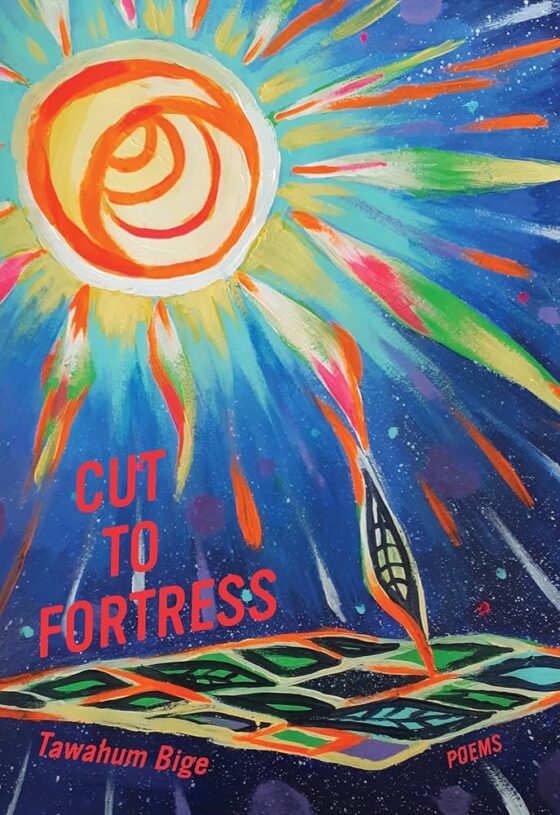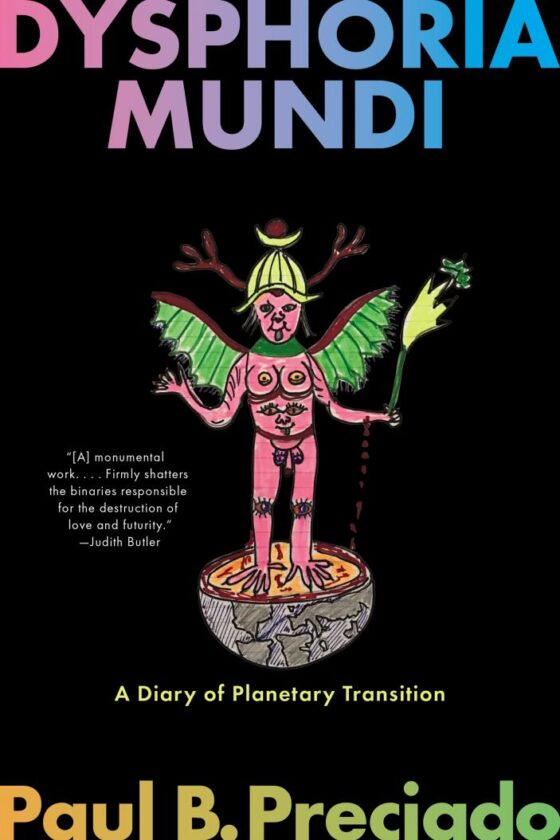 Gunn’s work is imminently teachable in the form of Selected Poems, but it is derived from a world that now no longer exists: the Metaphysical poets drawn through the intermingling bodies of the Summer of Love: biker leather, drug haze, and the destructive tragedy of death sought without irony or deconstruction.
Gunn’s work is imminently teachable in the form of Selected Poems, but it is derived from a world that now no longer exists: the Metaphysical poets drawn through the intermingling bodies of the Summer of Love: biker leather, drug haze, and the destructive tragedy of death sought without irony or deconstruction.
Thom Gunn, the knight of formal delicacy, Elizabethan modernism, and a high culture-low culture knit together was one of our master poets, now reassessed in a Selected Poems edited by his friend August Kleinzahler. The book takes a broad view of Gunn’s work, and shows his best, most elegiac, sensitive, fist-minded work from 1954 to 2000; it reveals and conceals: the Gunn of intricate pentameter enjambed with metallic rhyme, and their tart, acrid sound relationships, and the Gunn on LSD, saturated with pop culture: The Simpsons, NYPD Blue and Friends, his favorite shows.
Kleinzahler has selected well; he knew Gunn personally over many years, and knows the ways Gunn’s mechanics worked best to achieve a majesty, which, when language is manipulated to a razor’s edge, serves in the mind as a kind of magic.
Gunn was born in Gravesend, England, on August 29, 1929 and died sleeping April 25, 2004, probably of a heart attack. Robert Pinsky said: “His poems attain a cool clarity, an ability to be morally discerning but not judgmental; amused but engaged.” Wendy Lesser was less coy: “I thought he was possibly the best living poet in English.” Her “possibly” leaves the field open for someone like Geoffrey Hill to come bursting through the wall, like Pam Grier as Coffey or like the Kool-Aid Pitcher. These Selected Poems, however, show Gunn’s detached coolness of perspective, an icy tone, attention to rhyme and pattern, and devotion to a range of important topics: sex, AIDS, sunlight, words themselves.
Gunn’s skill with meter and form has been much discussed, but it is done with purposefulness with regard to content. Never decorative or ornamental, it wrenches his sounds along an architecture meant to give sustenance. Glyn Maxwell said: “his forms melt on the page.” Unlike the context of many other arts of the late 1960s, Gunn’s experiences with LSD allowed him to bridge the phosphenes and echoes he must have seen to meter, oddly enough. He did not seek more fullness from the liberating aspects of free verse, but rather the tightening vise of finite structure to render acid’s countless possibilities in a controlled manner.
Gunn studied with Yvor Winters, and was of a school, called The Movement, that included Philip Larkin, Ted Hughes, and others, and was a turn from Romanticism, without political dimension, and with sobriety. The Movement emphasized purity of diction, and a neutral tone, and encouraged spare language, as a way to see freshly. This explains Gunn’s plain style and lack of lyric pyrotechnics. There are some similar tactics to Larkin and Hughes. “Moly,” for instance, from 1971, is strikingly related to Hughes’s “Crow” sequence, and “Rites of Passage,” (33) and though amazingly potent, is not unlike Larkin’s most fraught and brutal language:
Something is taking place.
Horns bud bright in my hair.
My feet are turning hoof.
And Father, see my face
¬–Skin that was damp and fair
Is barklike and, feel, rough.
As a poem of transformation, Gunn allows the psychic distance between the reader and the speaker to decrease. The verb “feel,” an imperative, is directed at us, and we, too, feel the roughness of the skin. The geography of touch connects both place and the smoothness of the intangible connection we must feel when we approach the words. Gunn, mid-thirties, recovering from hepatitis, quitting Berkeley because he hated faculty meetings, and making some clearly accomplished verse, alienated even his old mentor, Winters. Winters wrote, after reading some of Moly that maybe Gunn should try writing prose. What could be more unflattering to a poet? Kleinzahler describes Gunn as Handel, not John Cage. Without the fractured, passionate syntax of Modernism, or the elliptical angularity of lyricism, Gunn sought other ways, such as enjambment, short lines, and vulnerability, to pursue the intelligent change.
Gunn’s aesthetic is probably most indebted to his Elizabethan forefathers: Fulke Greville, Marlow, Jonson. There are consanguinities in the force of imagination, frozen intellect, and passion shot through the aorta with classical precision and restraint. Simple beauty from these influences emerges in Gunn like smokestack lightning, as in “High Fidelity” (10):
I play your furies back to me at night,
The needle dances in the grooves they made,
For fury is passion like love, and fury’s bite,
These grooves, no sooner than a love mark fade;
Then all swings round to nightmare: from the rim,
To prove the guilt I don’t admit by day,
I duck love as a witch to sink or swim
Till in the ringed and level I survey
The tuneless circles that succeed a voice.
They run, without distinction, passion, rage,
Around a soloist’s merely printed name
That still turns, from the impetus not choice,
Surrounded in that played-out pose of age
By notes he was, but cannot be again.
The metaphor connects the phonographic grooves and the circles of the underworld, the voice of which haunts the speaker and his lover; their lack of love creates their own torturous lament. The rhetorical skeleton of the sonnet allows Gunn to embrace the sour music of not getting the love one deserves.
Other times, however, Gunn’s formal bearings applied to the raw natural landscapes he saw in California, are offered without political content and end as mere objets d’art, the way a carpet on the Antiques Roadshow is only glowed about when the appraiser gives the auction value. “Lights among Redwood,” (22), for example, presents the trees’ “rosy immanence” and “a muted dimness coloured with moss-green, charred grey, leaf-brown.” Any first-year undergraduate in an introductory workshop can find those images in the dustpan. It is disappointing to be told at the Muir Words that “we at last / remember to look upward” as if that is wisdom.
In another poor selection, set in the Polo Grounds at Golden Gate Park, “Listening to Jefferson Airplane” (45), Gunn quickly and unashamedly shows a tin ear: “The music comes and goes in the wind, / Comes and goes on the brain.” This is the entire poem; I wasn’t there, but I have heard enough live music to know the music didn’t do that, and the brain probably was fading by then to have produced this poem. Even the prepositions are wonky. The sentence itself is spineless because it relies on the setting of the title and subtitle to provide whatever boredom entered the ear after the ten-minute guitar riffs decayed. The worst poems here, though rare, have all the charm of an iodine bottle.
Infrequently in Selected Poems does this kind of effortless meringue end on the menu. Most of the book shows a rhapsodic and competent attention to detail and insight that is pure pleasure. For example, “Touch,” a poem from 1967, the height of the Flower Power movement, eschews the excesses of those muddy rock shows in favor of intimacy, vulnerability, and the gem-like ease that only the malleable wilderness of poetry provides:
You are already
asleep. I lower
myself in next to
you, my skin slightly
numb with the restraint
of habits, the patina of
self, the black frost
of outsideness, so that even
unclothed, it is
a resilient chilly
hardness, a superficially
malleable, dead
rubbery texture.
Later in the poem, the inside-outside nature of intimacy allows the touch to penetrate even those scarred, predictable moments of a marriage, hetero-, homo-, or otherwise:
You turn and
hold me tightly, do
you know who
I am or am I
your mother or
the nearest human being to
hold on to in a
dreamed pogrom.What I, now loosened,
sink into is an old
big place, it is
there already, for
you are already
there, and the cat
got there before you,
it is hard to locate.
What is more, the place is
not found but seeps
from our touch in
continuous creation, dark
enclosing cocoon round
ourselves alone, dark
wide realm where we
walk with everyone.
Gunn here reveals his best, true powers as a wielder of language. The raw beauty of the gradual, turning syntax, and the innocent, delicate closeness gives sensitivity without sentimentality. Tying acceptance of his lover’s flaws and his own wounded accuracy to the placement of the mattress, the cat, the cocoon, invite the reader into the space without voyeurism or irony. It is eros and thanatos spread with all their spare pink sinews. This would be a good poem to show the person who thinks she couldn’t apply her own experience and wisdom to a given set of words. Often beginning writers of poetry are reluctant to engage with that set of words that might crack open the shell, entailing risk. It is risk and invitation to bravery that the writer and the reader can simultaneously create the text. When the reader is a producer, as Walter Benjamin described, and not just a consumer, the world moves.
Gunn did this frequently and wonderfully. “At the Centre,” (48), a poem formed under the express influence of LSD, shows the way form and line are bound together in a similar intimate loom:
What is this steady pouring that
Oh, wonder.
The blue line bleeds and on the gold one draws.
Currents of image widen, braid, and blend
–Pouring in cascade over me and under—
To one all-river. Fleet it does not pause,
The sinewy flux pours without start or end.
Gunn uses a flexible iambic pentameter to show the pouring blond beer fuse sensation and proportion. Almost heroic in its unafraid commitment to both adventure and structure, the poem, like his best work, is affirmative yet unblinking; it is anonymous yet personal; it takes the local landscape and invites the reader into its whispering.
His final book, Boss Cupid, includes perhaps the most stunning and self-effacing example of this. “The Gas-poker” (94-95), a poem on his mother’s suicide when he was 15, provides safe passage to horror through the traditional scaffolding of metrics, while the grievous tension of uncertain trembling is staring all around it: “One image from the flow / Sticks in the stubborn mind: / A sort of backwards flute. / The poker that she held up / Breathed from the holes aligned / Into her mouth till, filled up / By its music, she was mute.”
Gunn’s work is imminently teachable in the form of Selected Poems, but it is derived from a world that now no longer exists: the Metaphysical poets drawn through the intermingling bodies of the Summer of Love: biker leather, drug haze, and the destructive tragedy of death sought without irony or deconstruction. The sharp outline of his words, like bright tendrils, was his own obsessive property. With their masterful architecture, and intensity of observation, we are reminded of the real, hard work that goes into literature. Gunn had the sustained, expert attention to language that enriches in its rigor, detail, and line.




